|
One of my greatest strengths (and weaknesses) is my strong work ethic. I’m a workaholic. I always put more time into a task or project than any normal person would. I can’t really stop myself, it’s in my DNA. I learned it from my father who was an amazing strategic marketing consultant who created his own business after getting fired from corporate America. He taught me so much about decency, persistence, empathy, and grit. He became my career coach during my job search and always gave me the best advice. I didn’t always listen to him because sometimes I just have to do what I know is right for me, but he was never afraid to tell me what he thought and to give me his perspective. My dad told me an interesting story this weekend when I called him for advice after recent challenges.. As a consultant, he did a focus group with customers for a client. When he stopped getting his calls returned, the client VP finally told him: "You'll never work here again." My dad asked why. "Because you made me look bad." Two years later that VP was gone and my dad got a call from someone who saw that focus group report and was impressed by it. Eventually he had more work with that client than ever before. Moral of the story: You never know how things will play out. Don't get discouraged with a roadblock. Always continue to do good work. You could be surprised with how things turn out. I am so grateful to have a dad who’s been there to listen to me vent with empathy and kindness. With his vast experiences and knowledge, he’s also able to help guide me into a more productive direction when I seem lost. Thanks dad! I love you!
0 Comments
Bosses say they care about mental health — can workers trust them?
Denise Guerra, Samantha Masunaga (February 23, 2023)
The Hidden Link Between Workaholism and Mental Health There is compelling evidence that some people treat their emotional problems with work as well. This can lead to its own kind of addiction. Many studies have shown a strong association between workaholism and the symptoms of psychiatric disorders, such as anxiety and depression, and it has been common to assume that compulsive work leads to these maladies. But some psychologists have recently argued reverse causation—that people may treat their depression and anxiety with workaholic behavior. As the authors of one widely reported 2016 study in the scientific journal PLOS One wrote, “Workaholism (in some instances) develops as an attempt to reduce uncomfortable feelings of anxiety and depression.” As Anxiety-Related Discrimination Complaints Rise, Here’s How To Protect Yourself Tom Spiggle (May 16, 2022)
Mental health for small workplaces
How High Achievers Overcome Their Anxiety 🤝 Make the anxiety an ally. 🤗 Practice self-compassion. 😂 See the humor. 🧘♀️ Try guided meditation. 🛑 Say no to the negative thought. Infographic on Managing Someone with a Mental Health Condition (PDF) (beyondblue.org.au Seven tips to support an employee at work This fact sheet is endorsed and supported by WorkSafe Victoria. www.beyondblue.org.au Because everyone’s circumstances are different, a plan to help someone return to work or stay at work will need to be tailored for the individual, taking into account some general points. A good question to ask yourself is: “What would we do if it were a physical illness?” Many of the management principles are the same, including: 1. Offering support Ask the person if there is anything you can do to support them to remain at or return to work. This may include advice about where to get assistance. The employee may not wish to take up your offer, but it’s important to let them know support is available. 2. Developing a plan to remain at or return to work Collaborative plans that meet both parties’ needs – rather than something to be complied with – are much more likely to succeed. Don’t make assumptions about what the employee finds challenging or what will benefit them. Rather, talk about it together as you work through the following steps:
3. Being inclusive Experiencing anxiety or depression can make people feel less confident at times. Help the employee to feel more comfortable by including them in meetings and work social events to support their recovery. Fear of stigma – actual or perceived – can also affect people’s confidence. Speak openly about mental health conditions in the workplace and encourage others to do the same. 4. Staying in touch If an employee has taken some time off as part of their recovery, keeping in touch will make their return to the workplace smoother and easier for everyone involved. Maintaining connections with colleagues and the workplace can help employees feel valued. It also gives them an opportunity to give their opinion on decisions or changes in the workplace, even if they aren’t there. However, it’s also important that the employee doesn’t feel pressured to return to work before they’re fully ready. 5. Addressing the causes If there are specific work-related factors which the employee feels have contributed to their condition, it’s important that you listen to their views and take action where appropriate. This can help to improve outcomes for the individual and for the organisation, as well as ensuring that other employees are not at risk. 6. Setting clear expectations Good planning prevents confusion. Writing up a return to work or stay at work plan which includes the nature of duties and hours of work sets clear expectations for all involved. Everyone should agree to be flexible to allow for any changes that may occur during recovery. Any agreed workplace modifications should be implemented gradually to allow for adjustment. 7. Maintaining confidentiality and privacy While it’s important to inform the wider team of any changes that affect them, such as reallocating workloads or a reduction of hours, the details of the employee’s condition and treatment must remain confidential unless they give their permission. Talk to the person about what they would like other colleagues to know and how they’d like to share this information. Managers aren’t doing enough to support anxious employees—here’s how to start 1. Check in with everybody — and more than once 2. Connect employees with the right resources 3. Be as vulnerable as you feel comfortable with 4. Depersonalize the feeling How to manage an employee with anxiety at work Signs of employee anxiety to look out for include:
🙅♀️Be conscious of your professional boundaries ❓Ask them what support they need 🚩 Point people towards anxiety resources ⏰ Offer more flexibility 💻 Communicate any changes to workload 🗓 Avoid mystery meetings 🗣 Arrange personal check-ins 🧠 Respect alone time Tips for Assisting Employees with Depression and Anxiety Disorders
How To Manage Workplace Anxiety What are some of the symptoms of workplace anxiety?
What causes workplace anxiety?
Giving Feedback to Employees with Anxiety: A How-To Guide
Tegan and Sara
Joan A. Friedman Psychotherapist & author of "Emotionally Healthy Twins", "The Same but Different," & "Twins in Session"
|
@leahcville1/2 of @TwinsRun Categories
All
Archives
May 2024
|

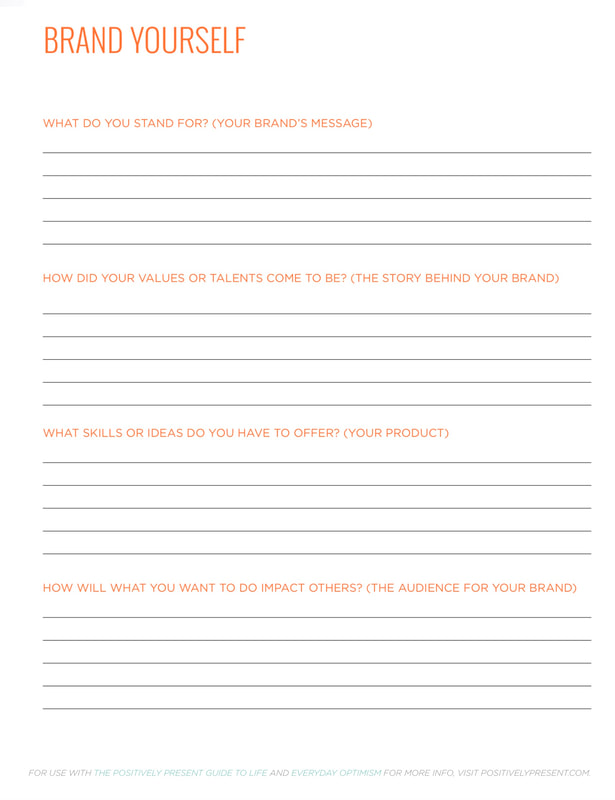
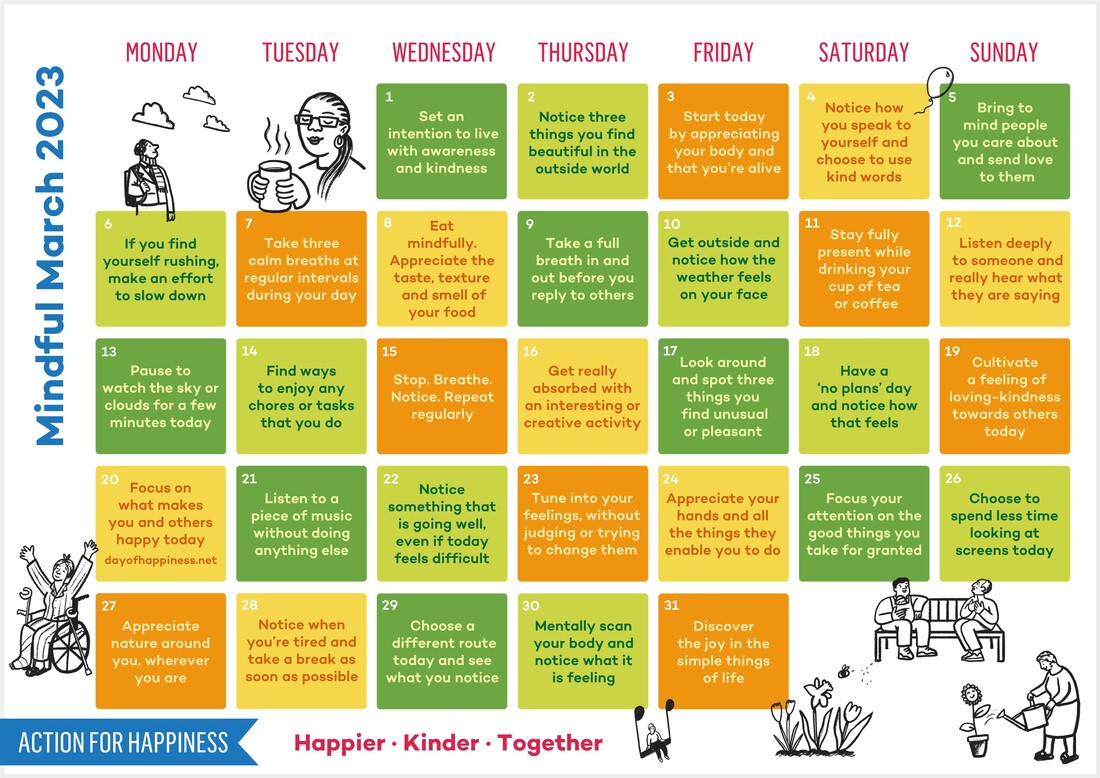
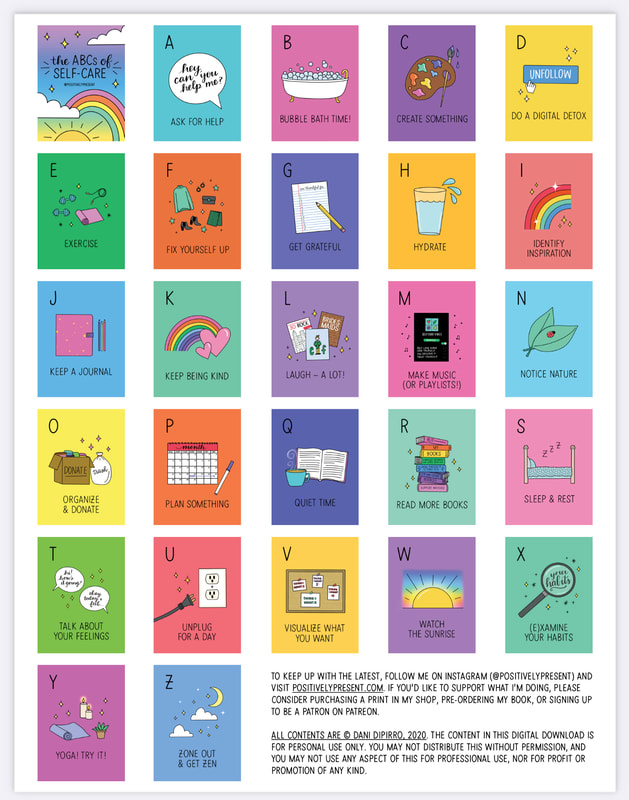
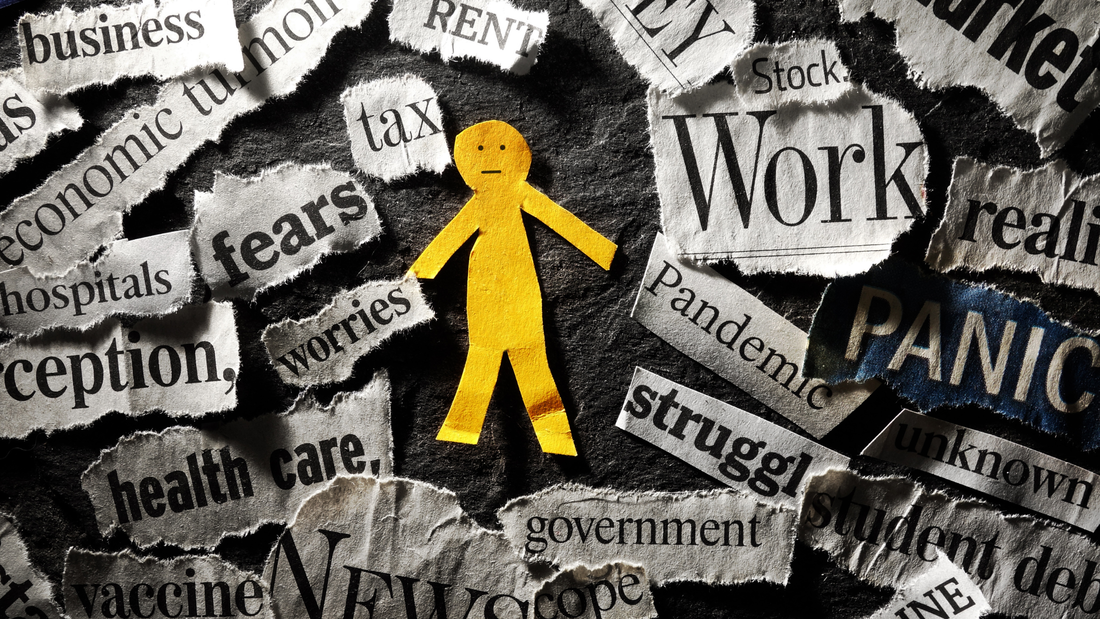
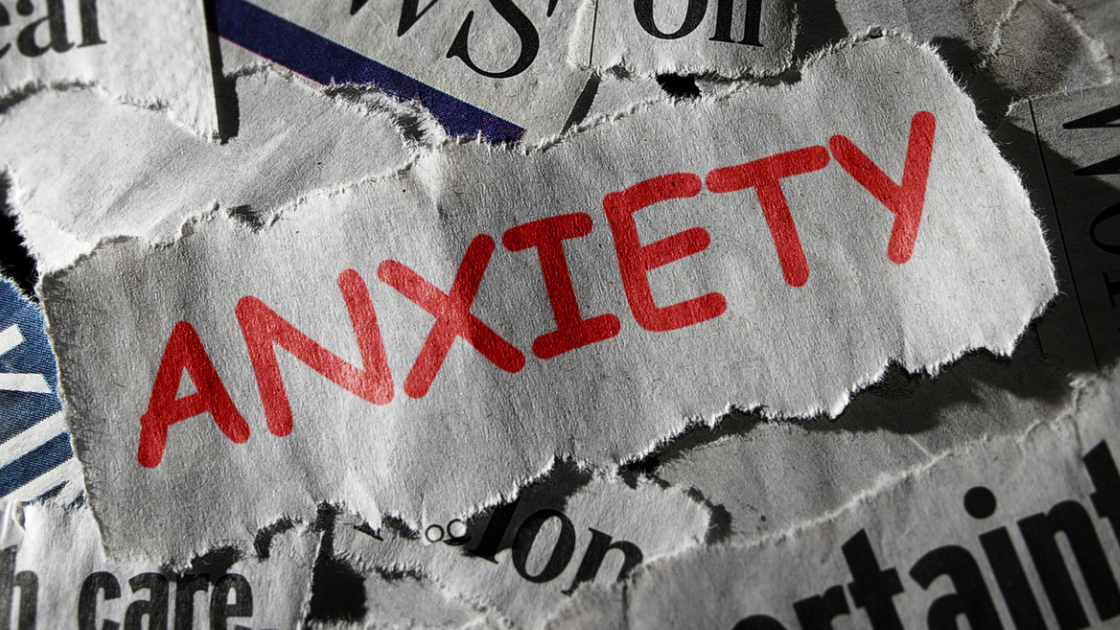
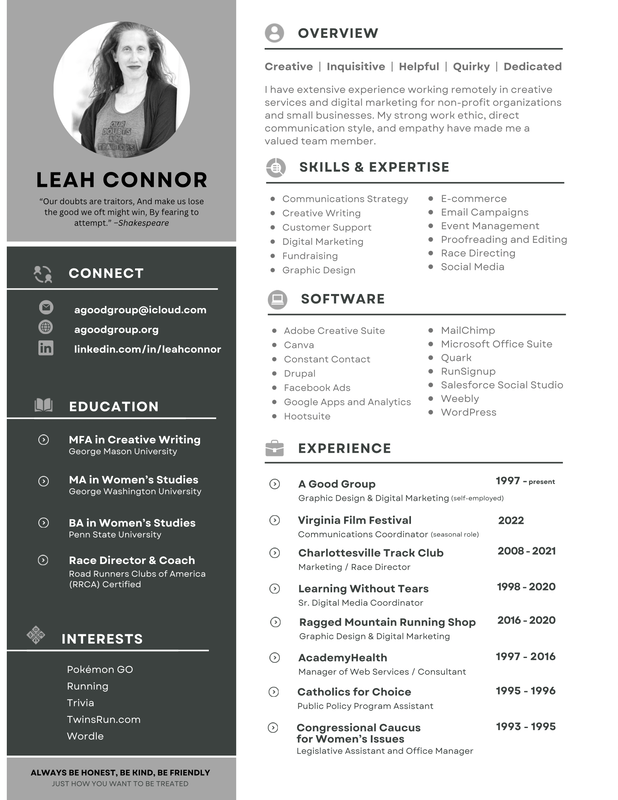

 RSS Feed
RSS Feed
